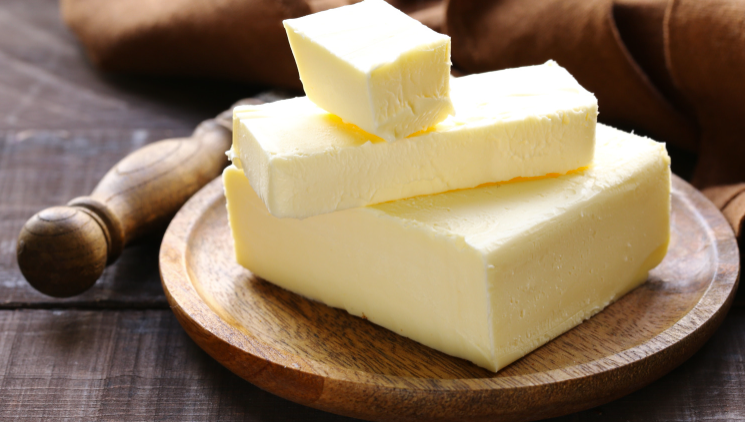
Understanding the Role of Butter in Baking
Butter has long held a cherished place in the world of baking, contributing to the richness, flavor, and texture of countless treats. As a fundamental ingredient, it plays a multifaceted role that extends beyond its creamy taste. In this section, we will delve into the pivotal role that butter plays in baking and how its unique properties influence the final outcome of various baked goods.
At its core, butter serves as a fat source in baking recipes, imparting moisture and tenderness to products like cakes, cookies, and pastries. The fat in butter coats flour particles, inhibiting gluten formation and resulting in a delicate crumb texture. The water content in butter turns into steam during baking, creating pockets of air that contribute to the flakiness of croissants and pie crusts. Beyond its functional aspects, butter’s distinct flavor profile is a key component in defining the taste of baked goods, from the luxurious butteriness of shortbread cookies to the melt-in-your-mouth goodness of buttery cakes.
However, butter’s high saturated fat content has led to a growing interest in seeking healthier alternatives due to dietary concerns. This has given rise to an array of butter substitutes that aim to retain the desirable qualities of butter while addressing health and lifestyle considerations. In response to this, various oils, margarines, and other plant-based alternatives have entered the culinary scene, each offering a unique set of attributes that influence the final product’s taste, texture, and nutritional profile.
To truly appreciate the significance of these butter substitutes, it’s important to grasp the nuances of their interactions with other ingredients and their impact on the overall baking process. This understanding not only enables bakers to adapt traditional recipes but also empowers them to explore innovative creations that cater to diverse dietary needs and preferences.
As we progress through this article, we will not only explore the reasons behind the popularity of butter substitutes but also provide insights into how different options can be used to achieve specific baking goals. From achieving the perfect flakiness in a vegan pastry to creating a moist gluten-free cake, the world of butter substitutes offers a wealth of possibilities for bakers to experiment, adapt, and ultimately produce baked goods that cater to an ever-evolving culinary landscape. So, let’s embark on this journey to discover the myriad ways in which butter substitutes can enhance our baking endeavors while paying homage to the indispensable role of butter that has shaped baking traditions for generations.
Importance of Choosing the Right Butter Substitute
When it comes to baking, the type of fat used can significantly impact the final outcome of your creations. Butter, a staple ingredient renowned for its rich flavor and unique properties, plays a pivotal role in providing texture, moisture, and that distinct buttery taste to baked goods. However, for various dietary, health, or lifestyle reasons, many individuals seek alternatives to traditional butter. This is where the importance of choosing the right butter substitute becomes evident.
Selecting an appropriate butter substitute involves more than just swapping one ingredient for another. Each substitute possesses its own distinct flavor profile, moisture content, melting point, and overall performance when exposed to heat. Hence, understanding these attributes is crucial for achieving the desired results in your baked goods. The choice of butter substitute can make the difference between a perfectly moist and tender cake or a dry, lackluster one.
In this section, we will delve into the intricacies of why selecting the right butter substitute is of paramount importance. We will explore how different substitutes interact with various recipes and uncover the nuances that contribute to the success of your baked treats. By gaining insight into the properties of various butter substitutes, you’ll be better equipped to make informed decisions that cater to your dietary preferences without compromising on the quality and taste of your baked creations.
Exploring Various Butter Substitute Options
The choice of butter or butter substitute can significantly impact the taste, texture, and overall success of your baked goods. Fortunately, there is a wide array of butter substitutes available that cater to different dietary preferences and requirements. Whether you’re vegan, lactose intolerant, or simply looking to experiment with new flavors, here are nine excellent butter substitute options to consider for your baking endeavors:
1. Coconut Oil
Coconut oil, a versatile and popular butter substitute, brings a delightful tropical twist to your baked goods. Known for its rich flavor and smooth texture, coconut oil works wonders in various recipes, lending a subtle coconut essence to treats. Its high fat content makes it an excellent replacement for butter, ensuring moist and tender results. However, it’s crucial to consider its relatively low melting point – a boon for flaky crusts but requiring adjustments in warm climates. For those embracing dairy-free or vegan diets, coconut oil stands as a pantry essential, offering a delightful alternative while infusing a hint of the exotic into your baked delights.
2. Olive Oil
Olive oil, a heart-healthy option, stands out as a prominent butter substitute in baking. Its distinctive fruity flavors can infuse a delightful aroma into baked goods. With its rich monounsaturated fats, olive oil adds moisture and tenderness to treats like cakes and muffins. While replacing butter with olive oil may require minor recipe adjustments, the results are often exceptional. Prefer extra virgin olive oil for a more pronounced flavor or a milder variety for subtler taste. Its unique composition not only contributes to better overall health but also provides a unique twist that enhances the flavor profile of baked creations.
3. Avocado
Avocado, a creamy and nutrient-rich fruit, offers a unique twist as a butter substitute in baking. Its high healthy fat content brings a velvety texture and richness to baked goods while also providing a dose of beneficial nutrients. The subtle, slightly nutty flavor of avocado complements a variety of recipes, especially those with chocolate or dense textures. When using avocado as a butter replacement, it’s crucial to achieve the right balance to avoid an overpowering taste. Mashed or blended avocado works well in recipes like brownies and muffins, ensuring moistness and a desirable consistency. Experimenting with avocado in baking can yield pleasantly surprising results that cater to both taste and health-conscious preferences.
4. Applesauce
Applesauce, a naturally sweet option, stands out as a wholesome butter substitute in baking. Its moisture-rich consistency not only helps maintain the desired texture but also enhances the overall tenderness of baked goods. Applesauce brings a subtle, fruity flavor that complements a wide range of recipes, making it particularly suitable for muffins, quick breads, and cakes. By incorporating applesauce, you’re not only reducing the calorie and fat content of your treats, but you’re also infusing them with a touch of natural sweetness. When using applesauce as a butter substitute, consider adjusting the sugar content to achieve the perfect balance and enjoy healthier, delightful baked creations.
5. Greek Yogurt
Greek Yogurt, a tangy and creamy dairy product, stands as a versatile and health-conscious butter substitute in baking. With its rich texture and slightly acidic flavor, Greek yogurt contributes moisture and tenderness to a range of baked goods. This substitute works wonders in muffins, quick breads, and cakes, providing a delightful balance between lightness and flavor. Its high protein content adds structure while reducing the need for excessive fats. When incorporating Greek yogurt, start by replacing butter with an equal amount, and consider adjusting other liquid ingredients accordingly. This substitute not only caters to health-conscious bakers but also imparts a unique and delectable touch to baked treats.
6. Nut Butters
Nut butters, such as almond or peanut butter, stand out as versatile and nutritious butter substitutes in baking. Their rich, creamy texture adds moisture and depth to a wide array of recipes, from cookies to muffins. Packed with healthy fats and protein, nut butters not only contribute to a delightful taste but also offer nutritional benefits. They infuse a subtle nutty flavor into baked goods, enhancing the overall taste profile. However, due to their density, adjusting recipe proportions may be necessary to maintain the desired texture. Whether creating a dense, fudgy brownie or a chewy granola bar, nut butters can play a pivotal role in elevating the health quotient and taste of your baked treats.
7. Silken Tofu
Silken tofu, a dairy-free and plant-based option, has gained popularity as a butter substitute in baking due to its neutral flavor and creamy texture. When blended until smooth, silken tofu seamlessly integrates into recipes, adding moisture and structure without imparting any strong taste. Its subtle presence works exceptionally well in recipes like brownies, muffins, and creamy desserts, contributing to a moist and tender crumb. With its high protein content and minimal fat, silken tofu offers a healthier alternative without compromising on texture or consistency. As a bonus, it also enhances the nutritional profile of baked goods, making it an excellent choice for those seeking a protein-rich, dairy-free option in their baked treats.
8. Buttermilk
Buttermilk, is a versatile butter substitute in baking that brings unique qualities to your recipes. Its acidity enhances the leavening process, leading to tender baked goods with a subtle tang. The texture and moisture content of buttermilk contribute to softness and richness, especially in cakes, muffins, and pancakes. When replacing butter with buttermilk, keep in mind that its liquid consistency might require slight adjustments in other recipe elements. This substitution is particularly useful for adding depth of flavor and moisture while reducing the overall fat content in your baked treats.
9. Bananas
Bananas, with their natural sweetness and creamy texture, stand out as a unique and nutritious butter substitute in baking. Their versatile nature allows them to seamlessly integrate into recipes, adding moisture and a delightful flavor profile. Mashed bananas bring a hint of tropical sweetness to baked goods, making them particularly well-suited for banana bread, muffins, and cakes. Beyond their taste-enhancing qualities, bananas also contribute essential nutrients like potassium and dietary fiber, offering a health-conscious twist to your treats. Their ability to bind ingredients together while reducing the need for excess fats makes bananas a reliable choice for achieving both taste and nutritional balance in your baked creations.
When selecting a butter substitute, it’s important to consider the flavor profile, texture, and melting point of each option. Keep in mind that the choice of substitute can influence the final result of your baking, so experimentation might be necessary to achieve the desired outcome. Some butter substitutes work better in specific types of baked goods, so don’t hesitate to explore and find the perfect match for your recipe.
As you embark on your baking journey with these butter substitute options, remember that each substitute brings its own unique characteristics to the table. Coconut oil infuses a hint of the tropics, avocado provides a creamy twist, and applesauce imparts natural sweetness. The choice ultimately depends on your taste preferences, dietary needs, and the specific recipe you’re working with. Keep in mind that successful baking often involves a balance between flavors, textures, and techniques, and embracing butter substitutes opens the door to a world of culinary creativity.
Best Practices: Baking with Butter Substitutes
When it comes to using butter substitutes in your baking endeavors, following a few key practices can make a significant difference in the outcome of your creations. Firstly, consider the flavor profile of the substitute you choose. While some substitutes offer a neutral taste, others like coconut oil or nut butters can impart distinct flavors that might enhance or alter your final product. It’s crucial to select a substitute that complements the overall taste of your recipe.
Secondly, pay attention to the texture and consistency of your chosen substitute. Butter contributes to both the moisture and structure of baked goods, so opting for a substitute with similar properties is vital. For instance, Greek yogurt or applesauce can add moisture, while mashed bananas or silken tofu can mimic the binding properties of butter.
Additionally, keep in mind that the baking temperature and time might need adjustments when using substitutes. Butter substitutes can have varying heat tolerances, which can impact how they behave during baking. Lowering the oven temperature slightly or reducing baking time could prevent your treats from becoming overly dry or undercooked.
Incorporating butter substitutes also offers an opportunity to experiment. Don’t hesitate to conduct small-scale test bakes before committing to a full recipe, especially if you’re trying a new substitute for the first time. These trials can help you understand how the substitute behaves in terms of taste, texture, and overall baking performance. By following these best practices, you’ll be well on your way to successfully incorporating butter substitutes into your baking repertoire.
Adapting Recipes to Include Butter Substitutes
When it comes to incorporating butter substitutes into your baking endeavors, a few adjustments can make all the difference in maintaining the desired taste, texture, and consistency of your treats. Start by identifying the primary function of butter in the recipe – whether it’s for moisture, flavor, or flakiness – and choose a suitable substitute that aligns with that purpose. For instance, if you’re looking to maintain moisture in your cakes or cookies, options like mashed bananas, applesauce, or Greek yogurt can step in admirably. For that unmistakable buttery flavor in pastries or biscuits, nut-based spreads like almond or cashew butter can deliver a rich taste profile.
Once you’ve selected the appropriate substitute, consider the ratio. In many cases, a one-to-one substitution might work, but it’s crucial to be mindful of the substitute’s moisture content. If your chosen substitute is wetter than butter, you might need to adjust other liquid ingredients in the recipe to prevent a too-runny batter. On the contrary, if the substitute is drier, you might want to increase the moisture by adding a touch of milk or water.
Texture is another crucial aspect to keep in mind. For flaky pie crusts or tender cookies, coconut oil can mimic the effects of butter due to its solid state at room temperature. However, remember that coconut oil can have a distinct flavor, which might not always harmonize with your recipe’s taste profile.
Lastly, temperature can influence the performance of butter substitutes. Some, like margarine or shortening, tend to soften at a slower rate than butter, which can affect the dough’s pliability and spread. Experimentation is key here – don’t be afraid to make small batches and tweak the process until you achieve the desired outcome.
Adapting recipes to accommodate butter substitutes requires patience and a willingness to adapt. By understanding the nuances of each substitute and making thoughtful adjustments, you can unlock a world of baking possibilities that cater to various dietary preferences and restrictions without compromising on flavor or texture.
Final Thoughts: Making the Right Choice for Your Baking Needs
In the world of baking, the choice of butter or its substitutes can significantly influence the outcome of your culinary creations. With a plethora of butter substitute options available, each boasting its unique flavor profile, nutritional benefits, and baking properties, the decision may seem overwhelming. However, armed with the knowledge and insights gained from this article, you’re now well-equipped to make informed choices that align with your dietary preferences and baking goals.
When opting for a butter substitute in your recipes, consider the specific characteristics you seek in your baked goods. Whether it’s a heart-healthy option, a dairy-free alternative, or simply a new taste experience, the market offers a diverse array of choices to cater to various needs. As you experiment and adapt your favorite recipes to incorporate these substitutes, remember that successful baking is often a matter of trial and error. Be patient and open to adjustments, as the unique composition of each substitute may require modifications in baking temperature, consistency, and mixing techniques.
In conclusion, the journey of finding the perfect butter substitute in baking is an exciting one, filled with opportunities to explore new flavors and techniques. By taking into account the insights shared in this article, you can confidently embark on your baking endeavors, creating delicious treats that not only meet your dietary requirements but also bring a delightful twist to traditional recipes. Happy baking!


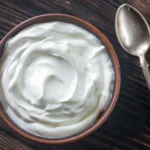

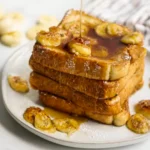
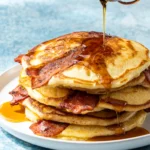
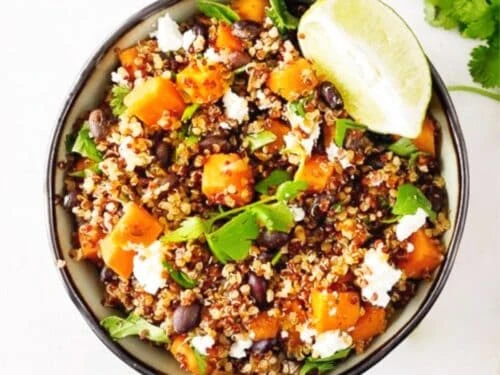
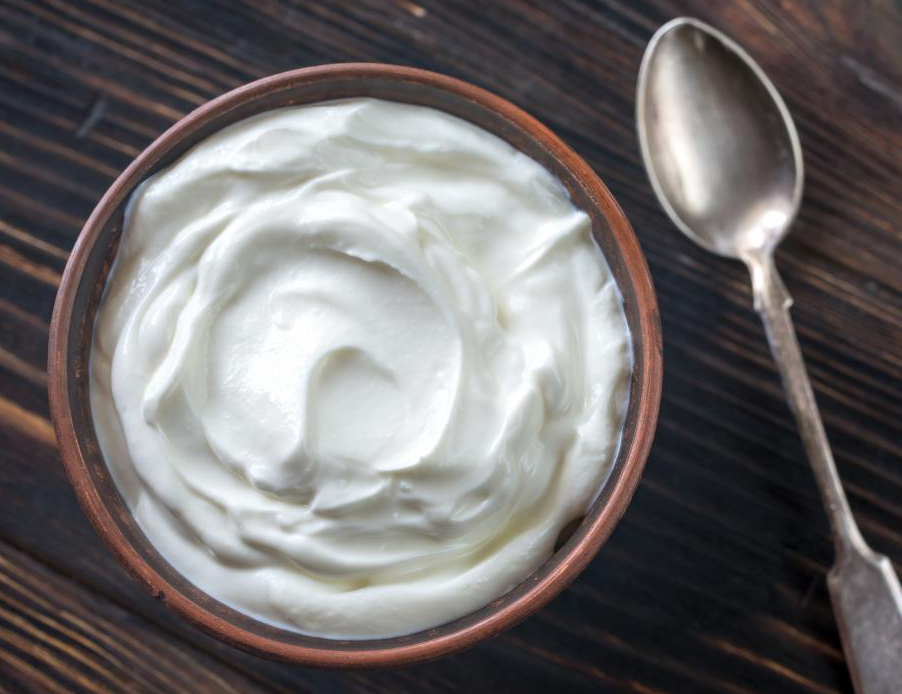
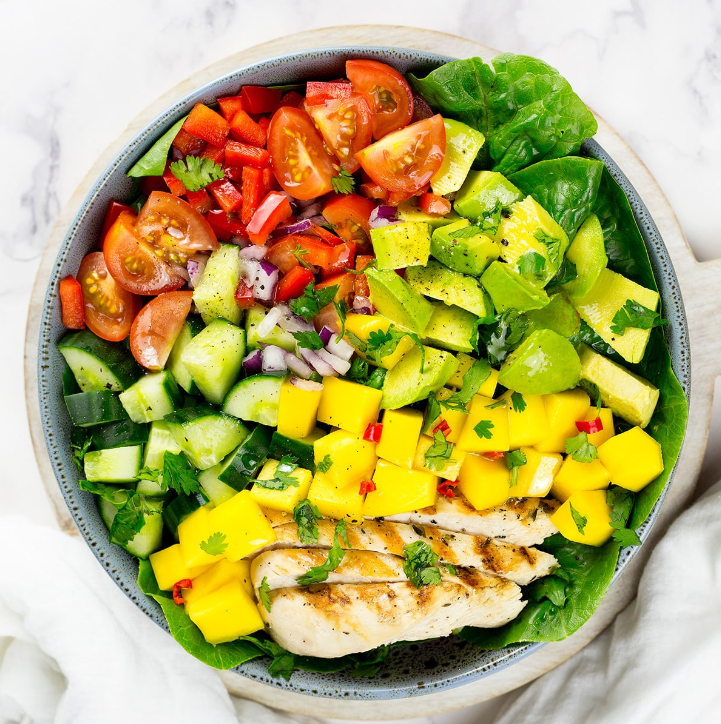
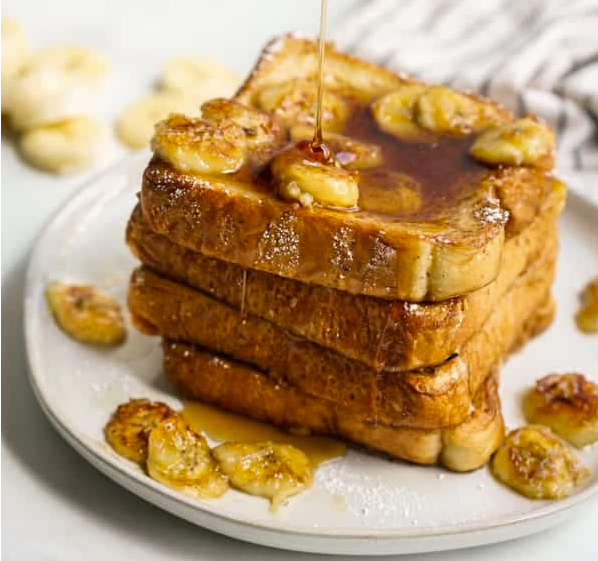
Leave a Reply